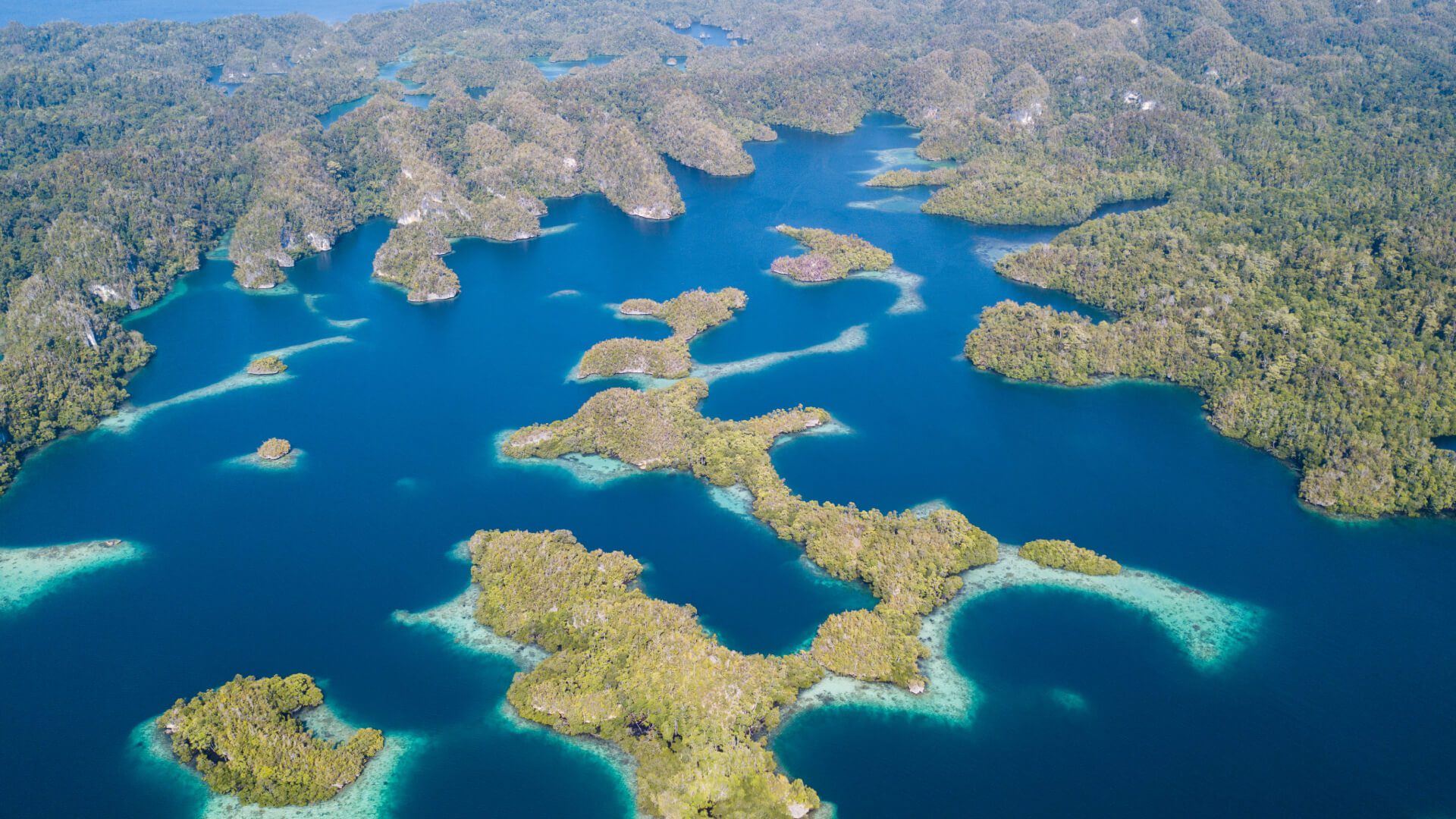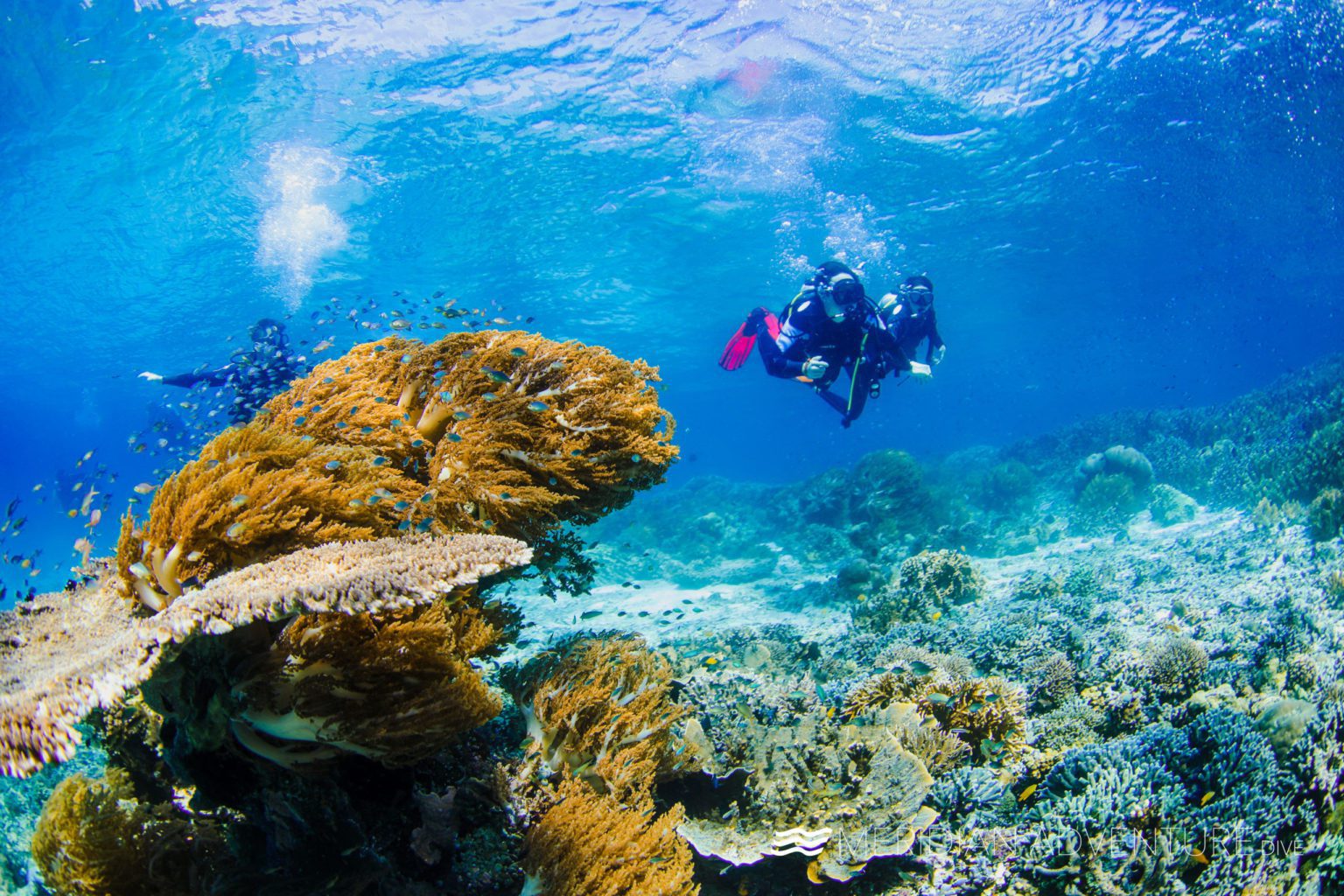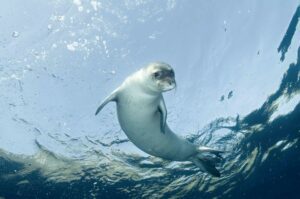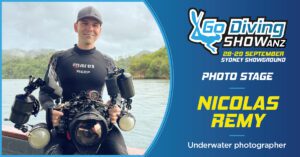Meridian Adventure Dive – The Currents of Raja Ampat
When researching diving Raja Ampat two facts keep repeating. This is the most biodiverse marine ecosystem on the world and the area is home to incredibly strong currents
While both facts are true these currents are not as dangerous or present on every dive as many sources will lead you to believe. What is important to understand is that these currents play a huge part in contributing to the area being known as the most biodiverse in the world.

The strong currents that are present in the area flows through the Dampier straits. A water mass that flows through the island regions of Raja Ampat. This body of water reaches depths of over two hundred meters and strong deep-water currents are forced up on sloping reefs in the region. Creating massive upwellings that feed the reefs with incredibly nutrient rich water that is home to masses of marine species from the tiniest of Krill to massive oceanic manta rays. Further the currents flow through the area flows east to west or vice versa depending on the current tide. This leads to a constant flow of water movement in the area. The perfect combination of factors to accommodate the masses of marine life the area is known for.

While all this leads many to believe that these currents make diving in the area a privilege reserved to the more advanced and experienced divers and snorkellers. It is not the truth and with some prior research, diving with reputable and responsible diving operations that put the safety and quality of dives over the need to put as many divers in the water as possible and admitting the limits of your comfort and capabilities as a diver Raja Ampat is the perfect diving destination for all.
As with any other part of the ocean currents are dictated by tidal movements and wind directions and speed. Once you understand these principles predicting the strength and direction of currents is entirely possible. Paired with an intimate knowledge of an area and the dive sites dive professionals can plan their dives to ensure their guests have the best and safest possible experience.

When diving Raja Ampat it is important to prioritise your diving goals and make sure that your dive professionals are aware of your experience level and expectations. Many will try to put guest in the water in strong currents and claim that the stronger currents bring more fish life to the area. While in some cases this is true it does not mean that these are safe or enjoyable diving conditions for all divers. With the banning of reef hooks in the region divers no longer have the option of hooking into the reef and watching the marine life pass by leaving divers to either engage in drift diving or fight against the current. While drift diving is a common practice all over the world for new divers this might be an intimidating prospect but with the correct guidance from a dive professional even these dives are possible for beginner divers.

For most divers diving in currents is not a pleasant experience and fortunately for these the great news is that Raja Ampat is most alive underwater in the periods of slack tide just before or just after the turn of the tide.
Diving in these conditions allow divers to enjoy a period of lull in the current while the effects of the previous high or low tide and the currents associated with these periods are still visible on the reef. Schools of fish are seen swooping over the reef, pelagic life is active in the deeper waters and the visibility is some of the best you will see.

While this is the general rule for the dive sites in the area. Each dive site has an optimal timeframe in these slack tides that show them off at their best. These times differ from season to season as well. All of this makes it seem like a science degree is needed to dive the area.
This is not the case. Because of the proximity to the equator the ocean conditions are much more predictable, and constant compared to other popular diving destinations. Further most of the marine life is found in the first 10m of water so there is no need for beginners to be concerned with diving deep. Another reason why this is the perfect diving destination.
When diving with professionals like Meridian Adventure Dive who promise to deliver their guests to the right dive site at the right time every time. Their incredible dive guides who all have intimate knowledge of the area and dive it all year round make Raja Ampat accessible to all. They have perfected every dive site and know where and when to guide their divers even those who have never dived before. Raja Ampat is truly the Last Paradise, and all divers should take the opportunity to experience this.
About Organisation:
Situated in Raja Ampat, Indonesia, Meridian Adventure Dive is a PADI 5 Star Resort and winner of the PADI Green Star award. Scuba divers enjoy our professional services that have become synonymous with both the PADI and Meridian Adventure names. Raja Ampat is one of Indonesia’s most captivating diving grounds and is truly a paradise on earth.
Visit our online platforms:
https://raja.meridianadventuredive.com/
https://www.facebook.com/meridianadventuresdive
https://www.instagram.com/meridian_adventure_dive/
https://www.youtube.com/channel/UC_8-kt5sTczmclJkx4KcmaA
For more from Meridian Adventure dive try Dive An Underwater Plane Wreck








